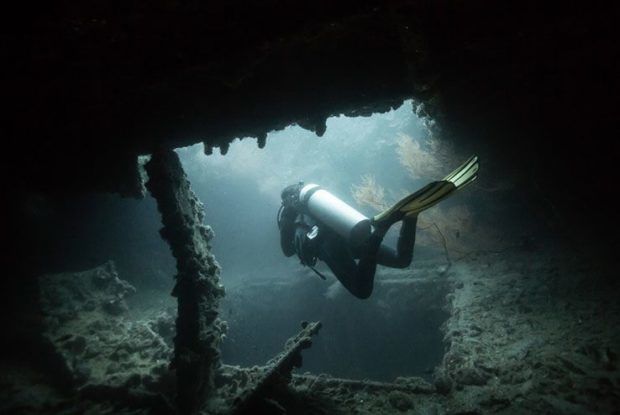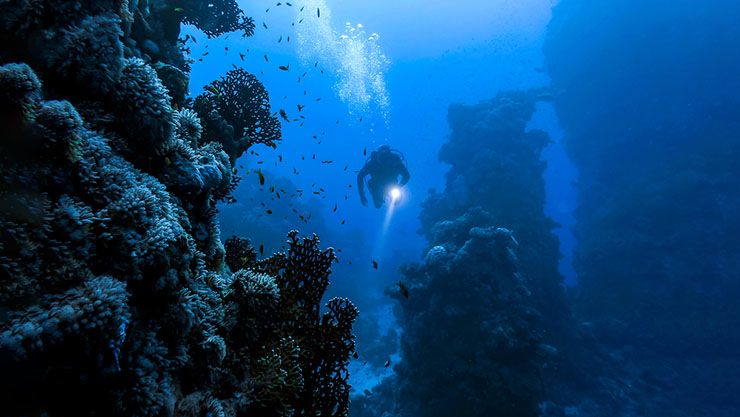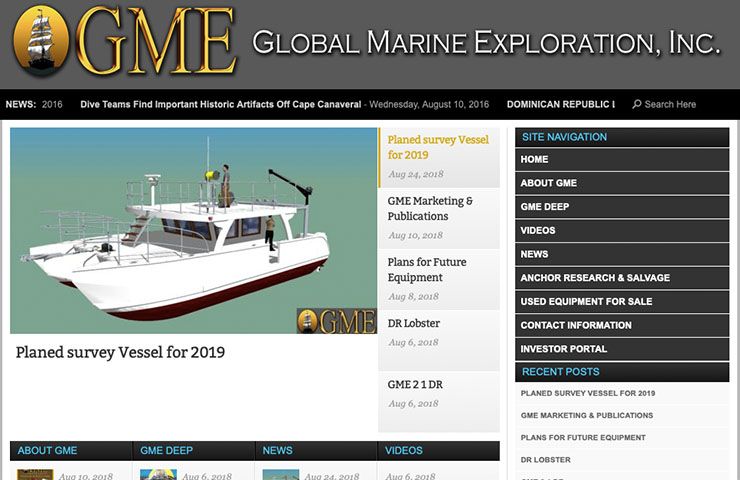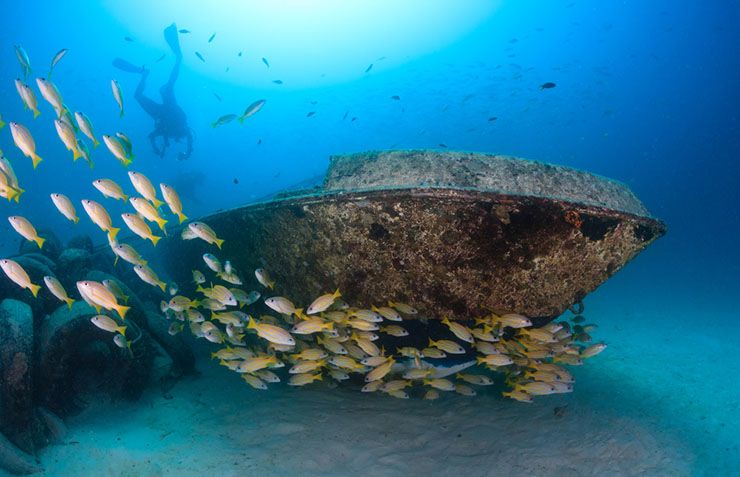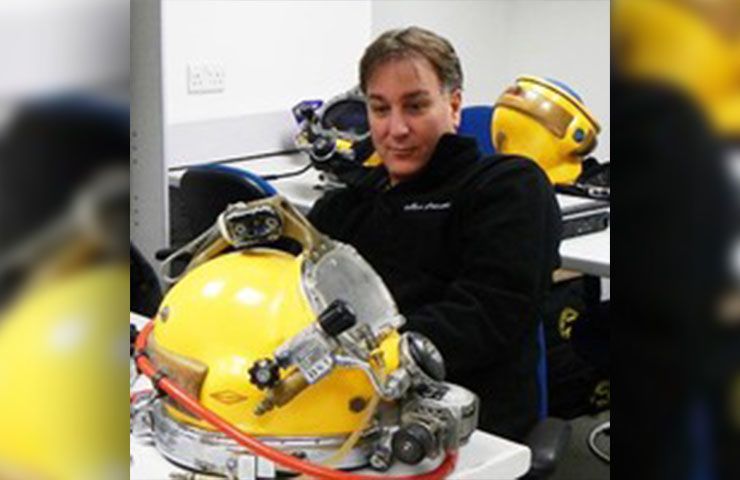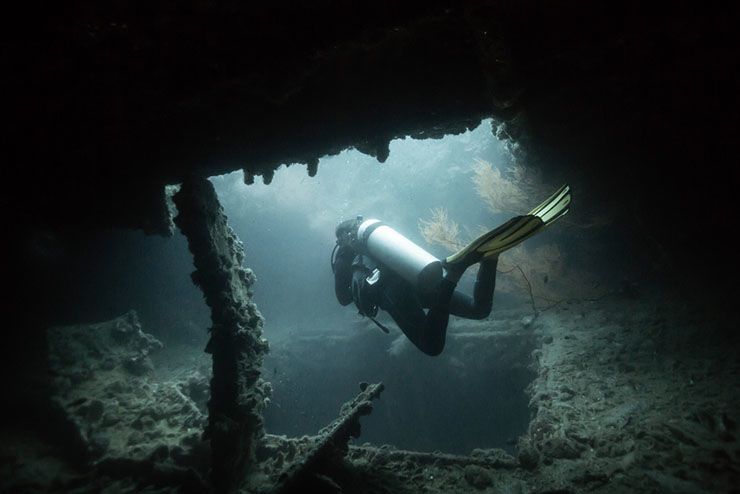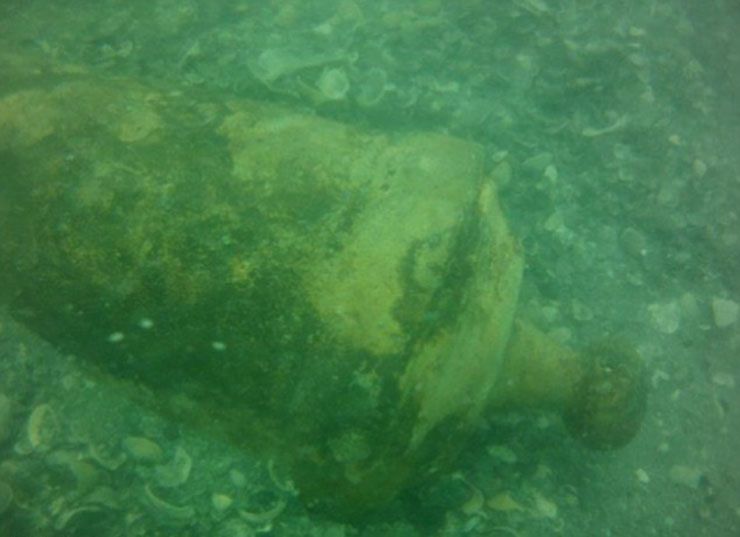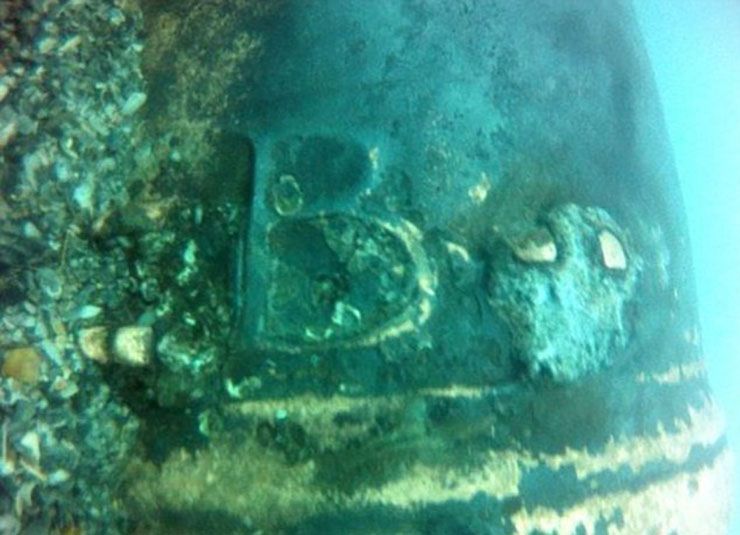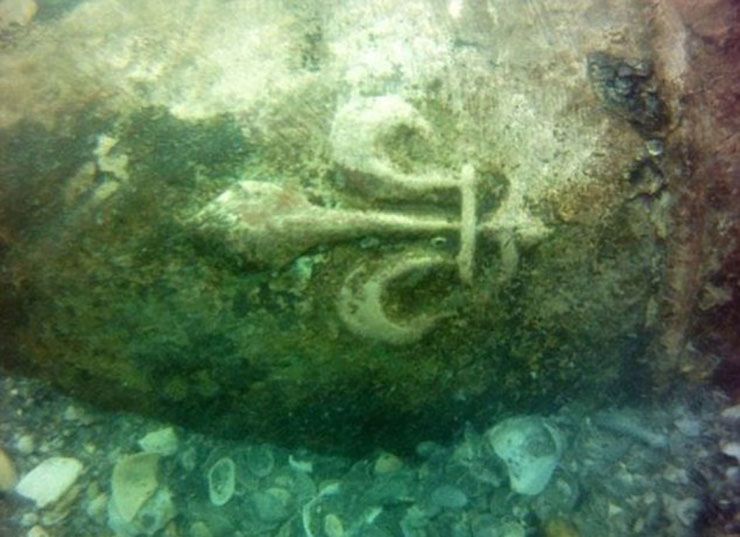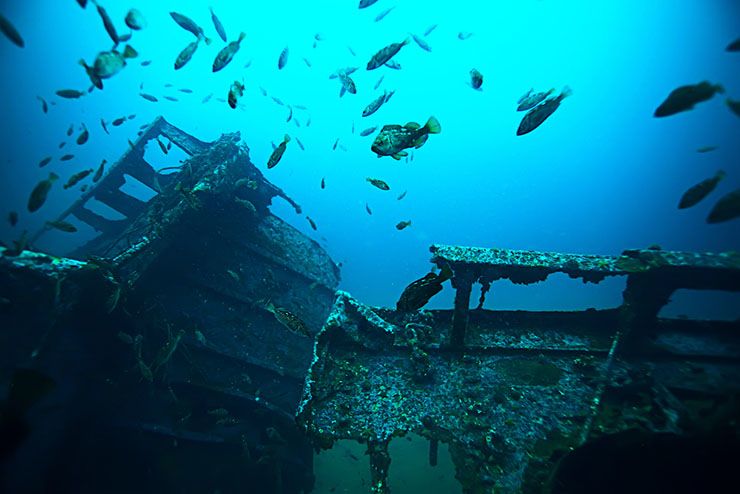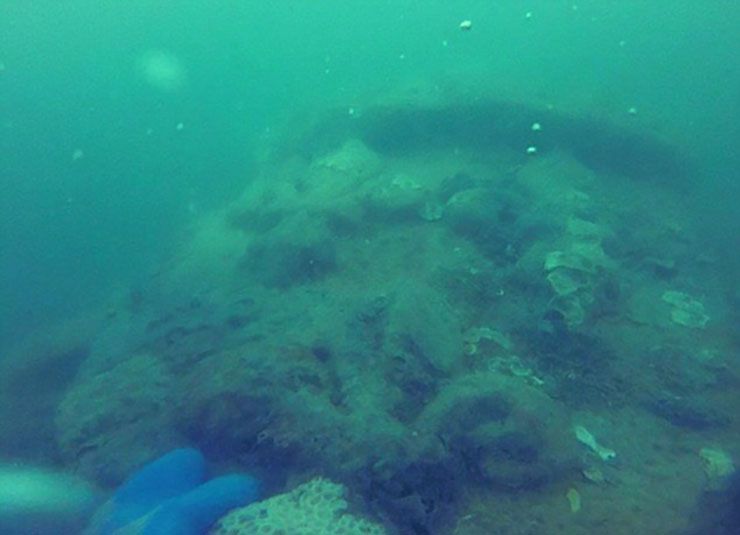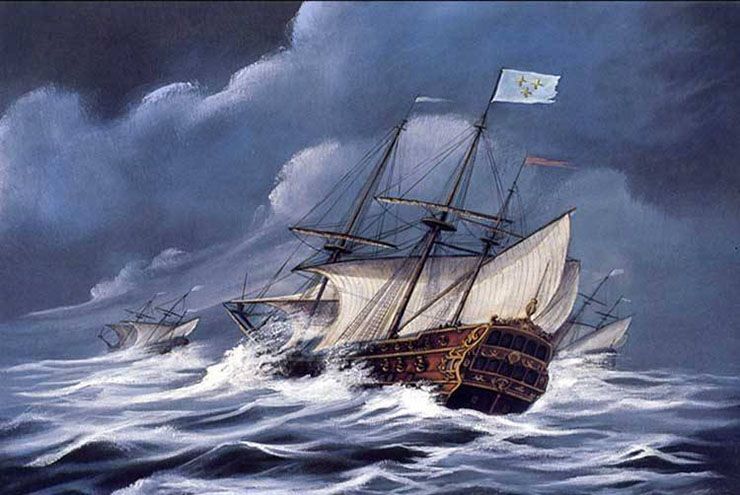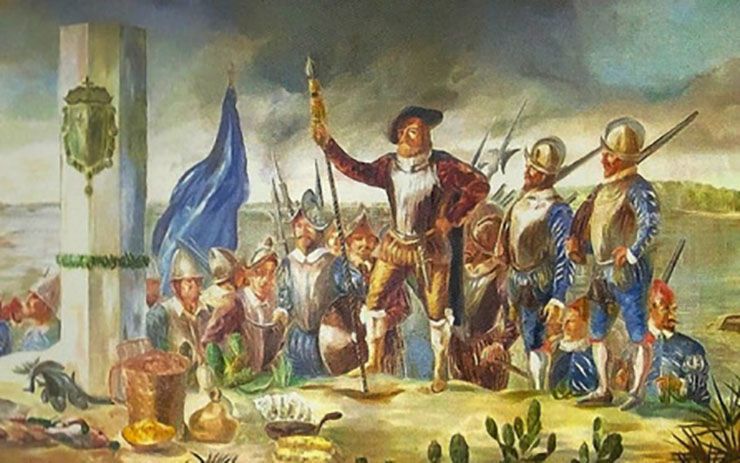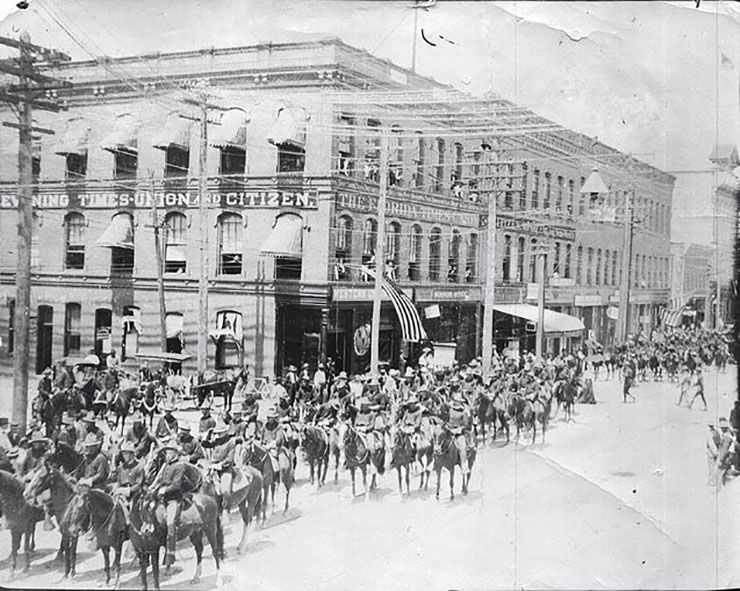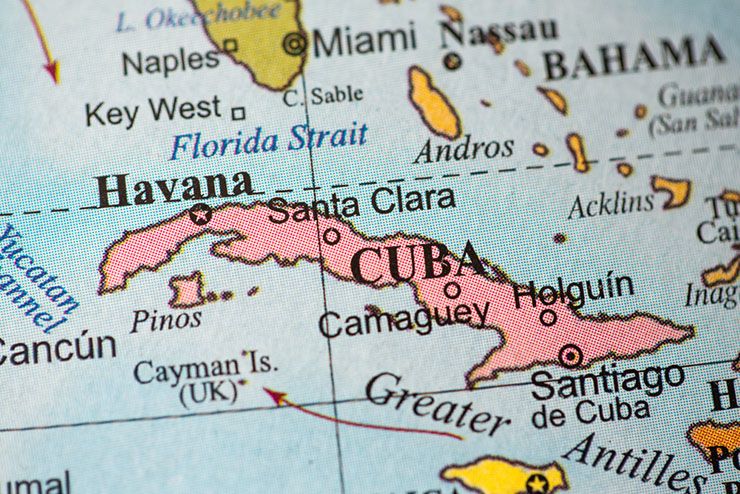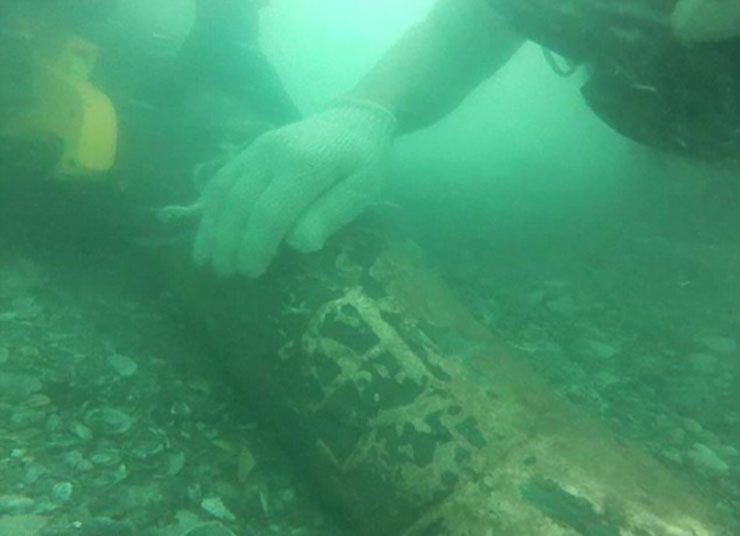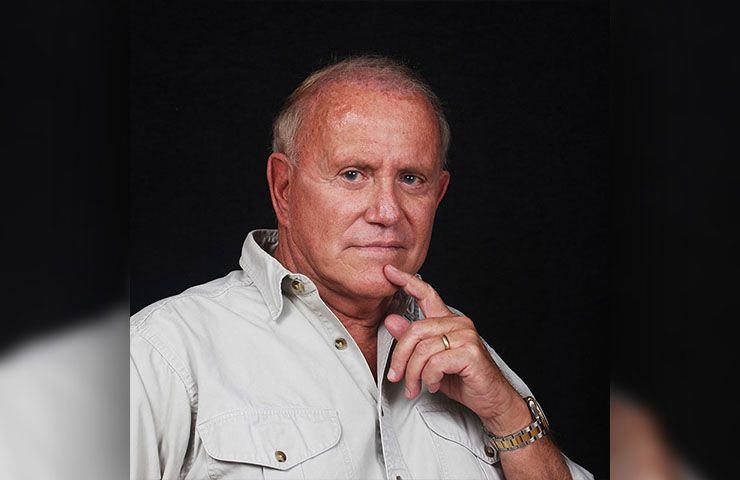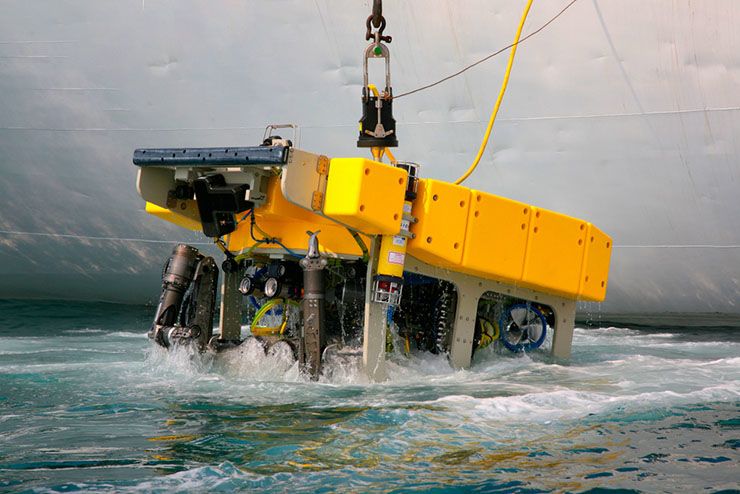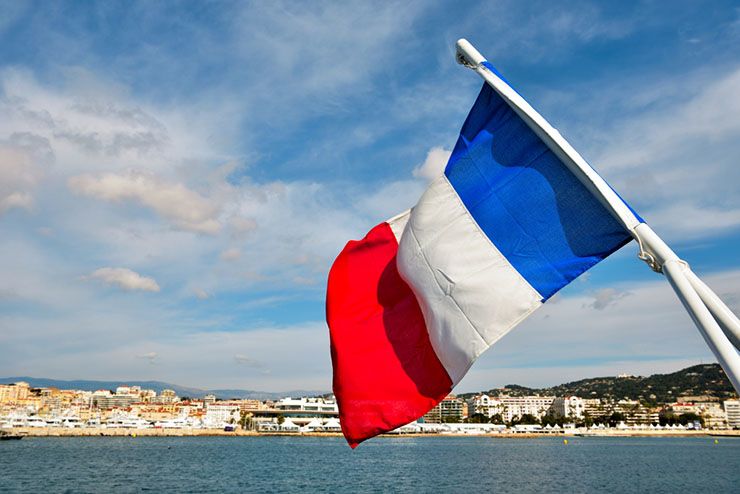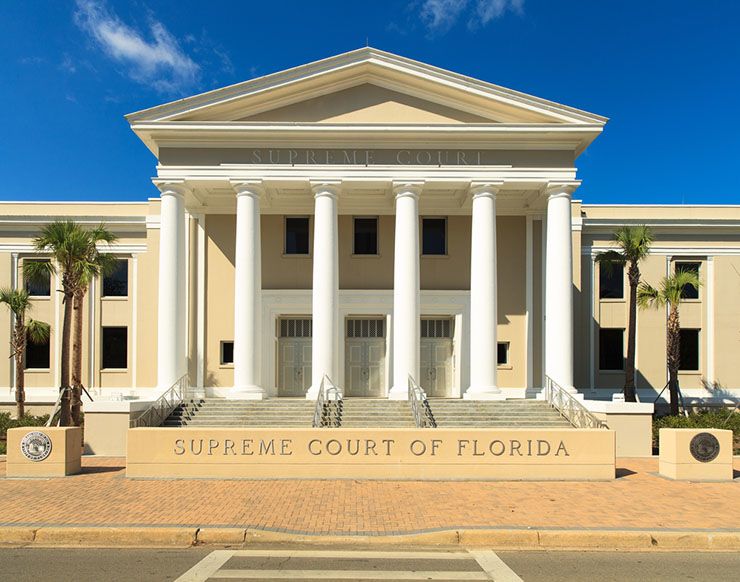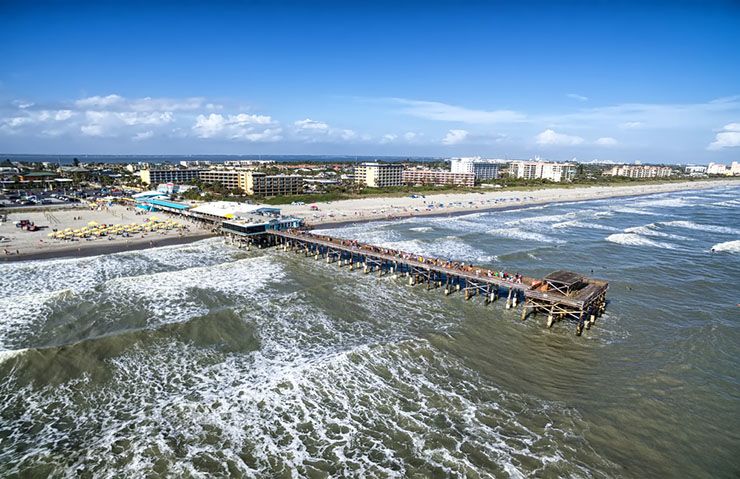Off the east coast of Florida, the seabed is littered with pieces of rockets and airplane debris from test launches at the U.S. Air Force base at Cape Canaveral.
During the summer of 2016, however, a group of treasure hunters found an incredibly rare piece of the country’s history that dates back to the 16th century. Two years later, those treasure hunters are suing the state of Florida for conspiring against them and robbing them of millions.
*Continue Reading for Video at The End*
An Underwater Survey
In late September 2015, Global Marine Exploration (GME), a Florida-based company that locates and salvages historic shipwrecks, sent divers out to survey an area of water off the coast of Cape Canaveral. During the survey, the divers used underwater magnetometer equipment.
A Legal Search
The tools allowed the divers to locate metal that’s is lying below the surface of the seabed or may be hidden underneath layers of sand. At the time, the state of Florida had given GME permits to search seven areas off the coast.
A Rocket Graveyard
Because of how close the areas off the coast were to the U.S. Air Force base at Cape Canaveral and NASA’s Kennedy Space Center, GME has found countless rockets and pieces of airplanes left behind from the countless test launches done over the years.
Littered With Rocket Debris
“We’ve found hundreds … of U.S. Air Force rockets that they were testing from 1948 forwards, and also shrimp boats, airplane engines, airplanes,” Robert Pritchett, chief executive of GME, told Live Science. “We have found some of the actual rocket engines, and lots of rocket tubes – some of these things are 30, 40 feet long,” Pritchett explained.
A Future Treasure
“Some are sticking halfway out on the surface or sticking straight up out of the sand. There are literally thousands of them out there. We GPS and photograph everything we find, and we turn that stuff over to the U.S. Air Force, because one day, it will be valuable to someone for a historical reason,” Pritchett said.
A Rare Find
However, one day during their surveys, the divers located something much older and much more valuable than rocket and plane debris. With the underwater magnetometer equipment, divers ended up finding a shipwreck carrying priceless treasures from the 16th century.
An Unexpected Treasure
At first, the treasure hunters from GME thought they had just stumbled on more rocket debris. But when they dug just a few feet into the sand, the divers discovered 19 iron cannons, 12 anchors, a stone grinding wheel, and scattered ballast and ammunition from the ships. But that’s not all they found.
A Piece of French History
The team discovered three ornate bronze cannons between seven and 10 feet long. Based on their markings, the team believes the bronze cannons are French and were cast in the 1540s, which was during the reign of King Henry II.
A Priceless Discovery
The treasure hunters also found a rare marble monument engraved with the French king’s coat of arms. According to Pritchett, the monument may be “the only one of its kind – and probably the most significant piece of maritime history that’s ever been found on the entire East Coast of the United States.”
The Shipwrecks
The incredible pieces of history were found scattered among the remains of three colonial-age ships which were found across an area of about four miles long and a half a mile wide. According to Pritchett, the team was incredibly lucky to find the treasure because of its location.
An Unpredictable Location
The area is in shallow water, but the conditions are drastically different each day. “The sea there is shallow, 15 to 25 feet, and the sand shifts a lot out there, ” Pritchett said. “So the cannons could be covered by 3 feet of sand, or they could be covered by 8 feet of sand – it’s different every time the wind blows.”
The Lost Ships
Pritchett explained that he and his team first believed the treasure and the shipwrecks were part of explorer Jean Ribault’s ‘lost ships,’ which sank in 1565. The small French fleet sank during a storm while heading to Florida to set up a French colony in Florida.
The Ship’s Manifest
The team explored the wrecks more thoroughly in May and June of 2016. At first, the team identified the canons and monument from the manifest of a 1562 expedition Ribault lead to Florida. But when they investigated the items further, they found reason to believe the treasure was no longer in France’s possession when they sank.
The Spanish Reid
GME found records showing that the bronze cannons and the marble monument were installed at Fort Caroline, a French colony that was located where Jacksonville is today. However, in 1565, the cannons and monument were seized during a Spanish raid.
A Doomed Voyage
“So [the monument] would not be on a French ship if it was removed by the Spanish,” Pritchett said. Pritchett now believes the treasures were loaded onto Spanish ships headed for Havana, Cuba. However, those ships got caught in a storm and sunk to the seabed.
A Treasure at Risk
“We’ve been letting the state [of Florida] know that these artifacts are at the jeopardy of looters, and of the weather,” he said. “These cannons are worth over a million dollars apiece – so if looters could find out the location, then a piece of history is gone forever because it’s going to be sold on the black market.” The marble monument may be worth much more and had been described as ‘priceless’ since GME found it.
A Significant Discovery
“This is the most important shipwreck ever discovered in North America, archaeologically, historically – all of the above,” John de Bry, director of the Center for Historical Archaeology in Melbourne Beach, told The Florida Times-Union. “It’s going to tell us a lot about how people lived, and give evidence of how serious the French were in establishing a colony in New France, in Florida.”
An Unsolved Mystery
Pritchett explained they won’t know exactly who the treasure belongs to until they are retrieved from the ocean and archeologists are allowed to examine them. “It’s a mystery at this point, and until we bring all these items up and study them, we’re not going to know a lot more about them – only what we know from the little bit of research in the water that we’ve been able to do,” Pritchett said. “But right now, we’re waiting on the state of Florida.”
The Judge’s Decision
However, in 2018, a Florida judge ruled that GME has no right to the treasure worth millions of dollars and can’t salvage the artifacts. Instead, the judge ruled that the treasure belongs to France and that the country has the final say on what will be done with the items still laying on the seabed.
The Court’s Ruling
Judge Karla Spaulding ruled in favor of the state of Florida, which was backing France’s claim of ownership of the artifacts. Spaulding agreed that the artifacts were being carried on Ribault’s ship, La Trinité, and ended up on the bottom of the ocean after the ship sank in 1565.
Property of France
“Under the Federal Sunken Military Craft Act, the court ruled that the country of France owned the wreck and any items located within it,” the St. Augustine Lighthouse & Maritime Museum said in a statement. “Essentially, this ruling allows excavation of the wreck to be organized by the state of Florida, in cooperation with the French.”
Challenging The Courts
However, Pritchett is challenging the ruling especially since the artifacts haven’t even been salvaged and haven’t been assessed by experts. Now, GME is suing the state of Florida for millions of dollars in damages. They are claiming that the state conspired with France to rob them of their share of the treasure.
An Unfair Disadvantage
GME is arguing that they never got a chance to prove the ships were Spanish and not French because they were never granted underwater-recovery permits to allow them to recover some items from the shipwreck to identify them properly. In addition to their lawsuit, GME is still considering appealing the court original decision.
Expert Needed
“GME showed the court many times that it could not be a French vessel,” Pritchett said. “And the judge had no jurisdiction to say it was French. … The only reason the region has any archaeological knowledge is because of treasure hunters that do it the right way. It sure ain’t from the state or federal archaeologists – they have no field experience.” For now, the treasure is still lying on the seabed off the coast of Florida.
